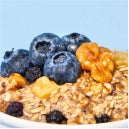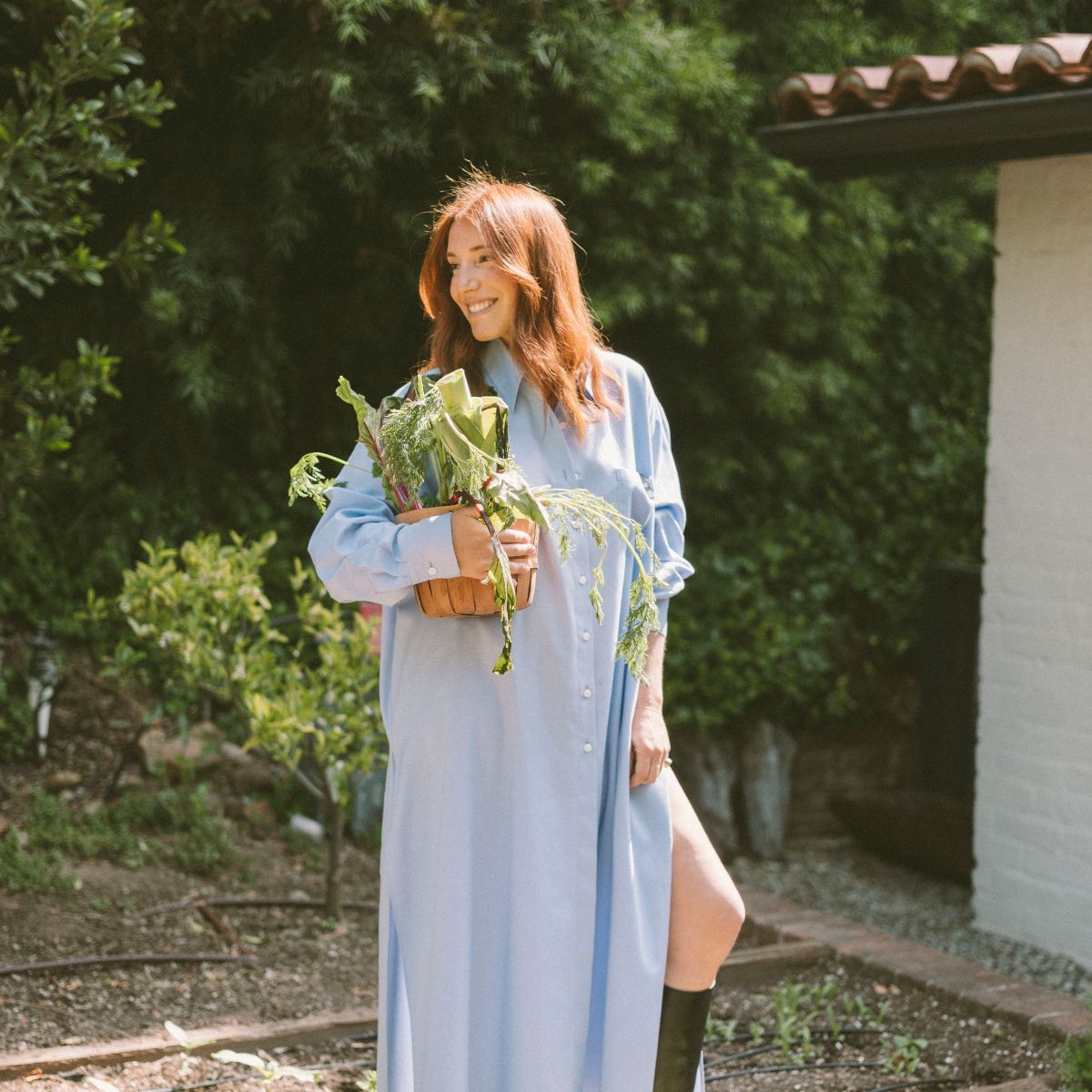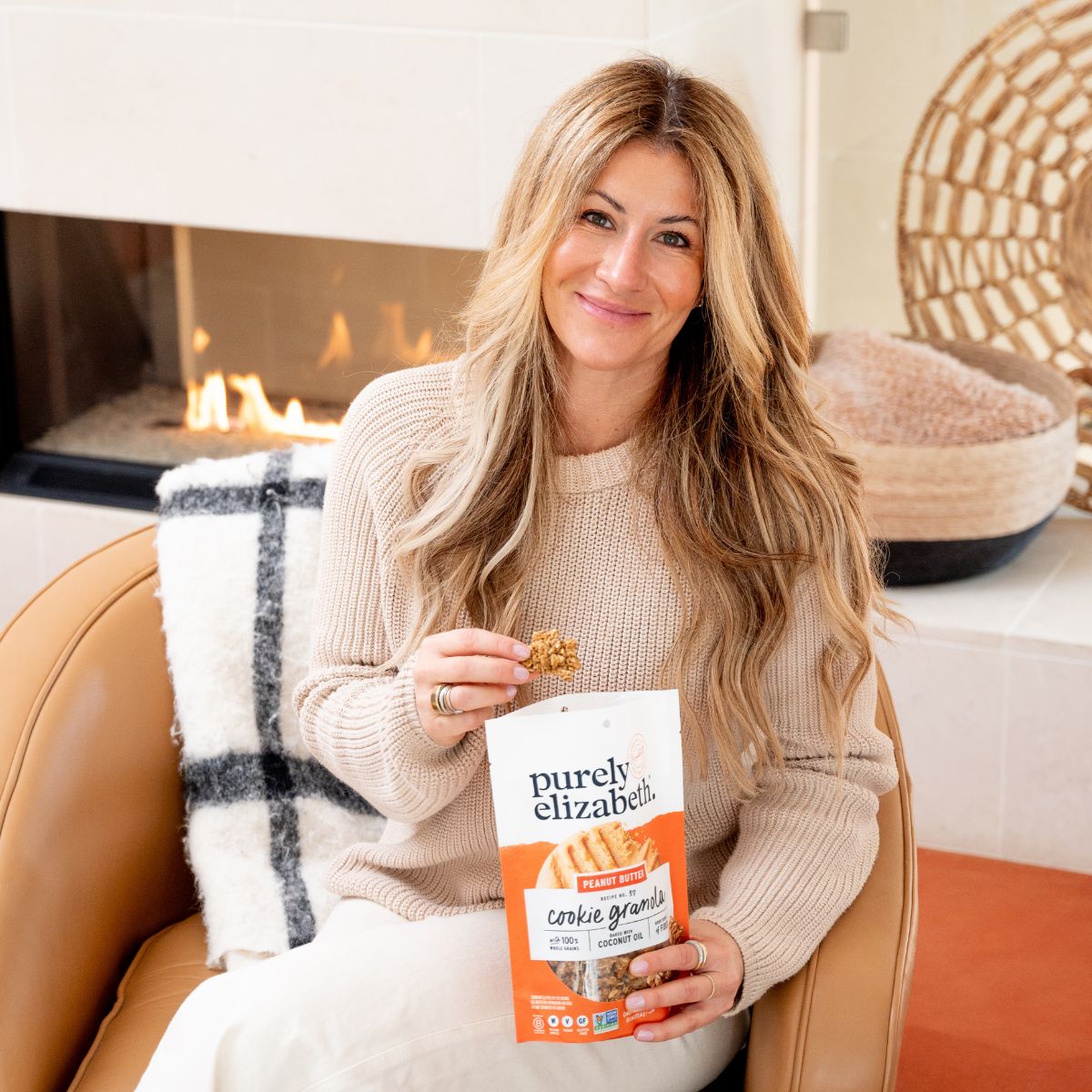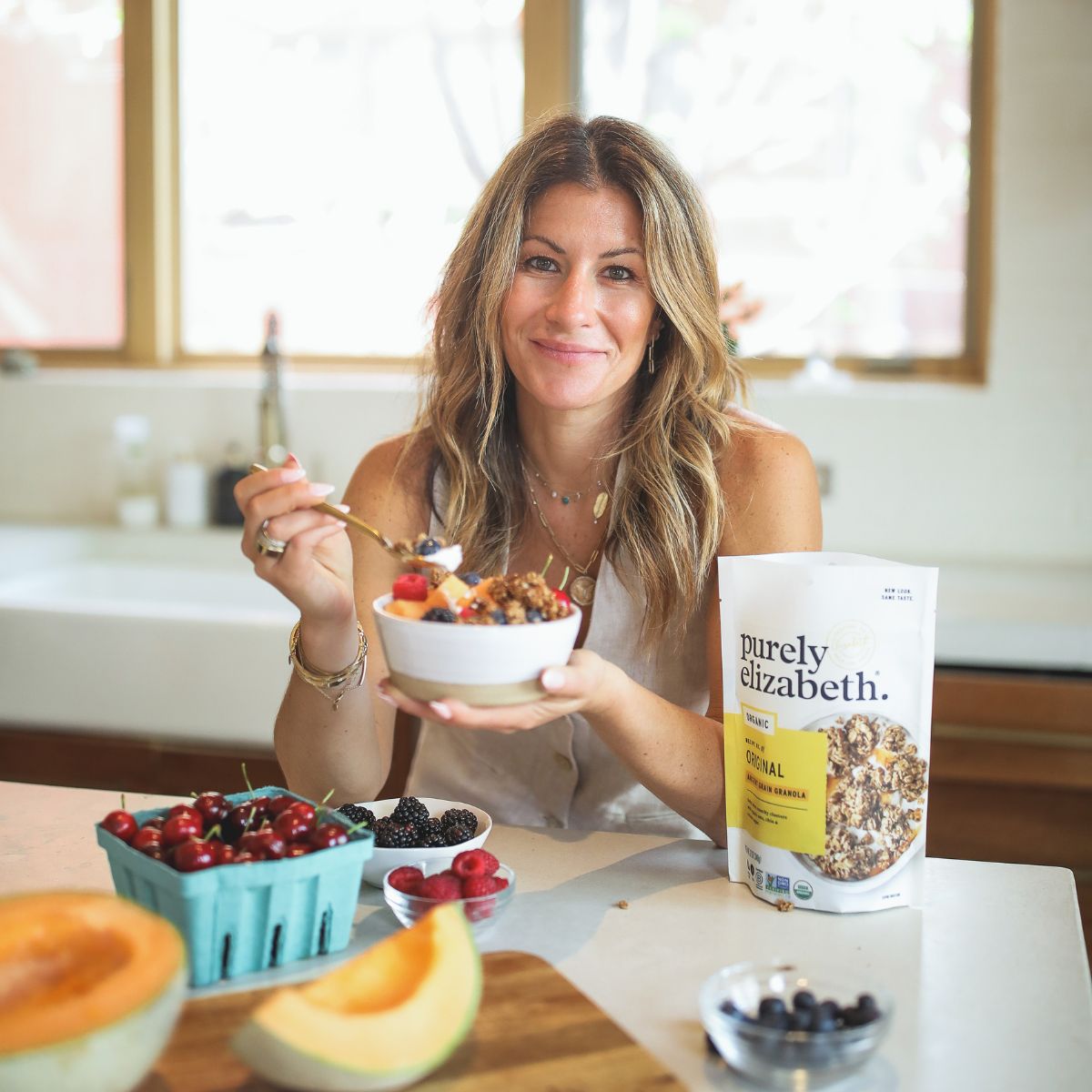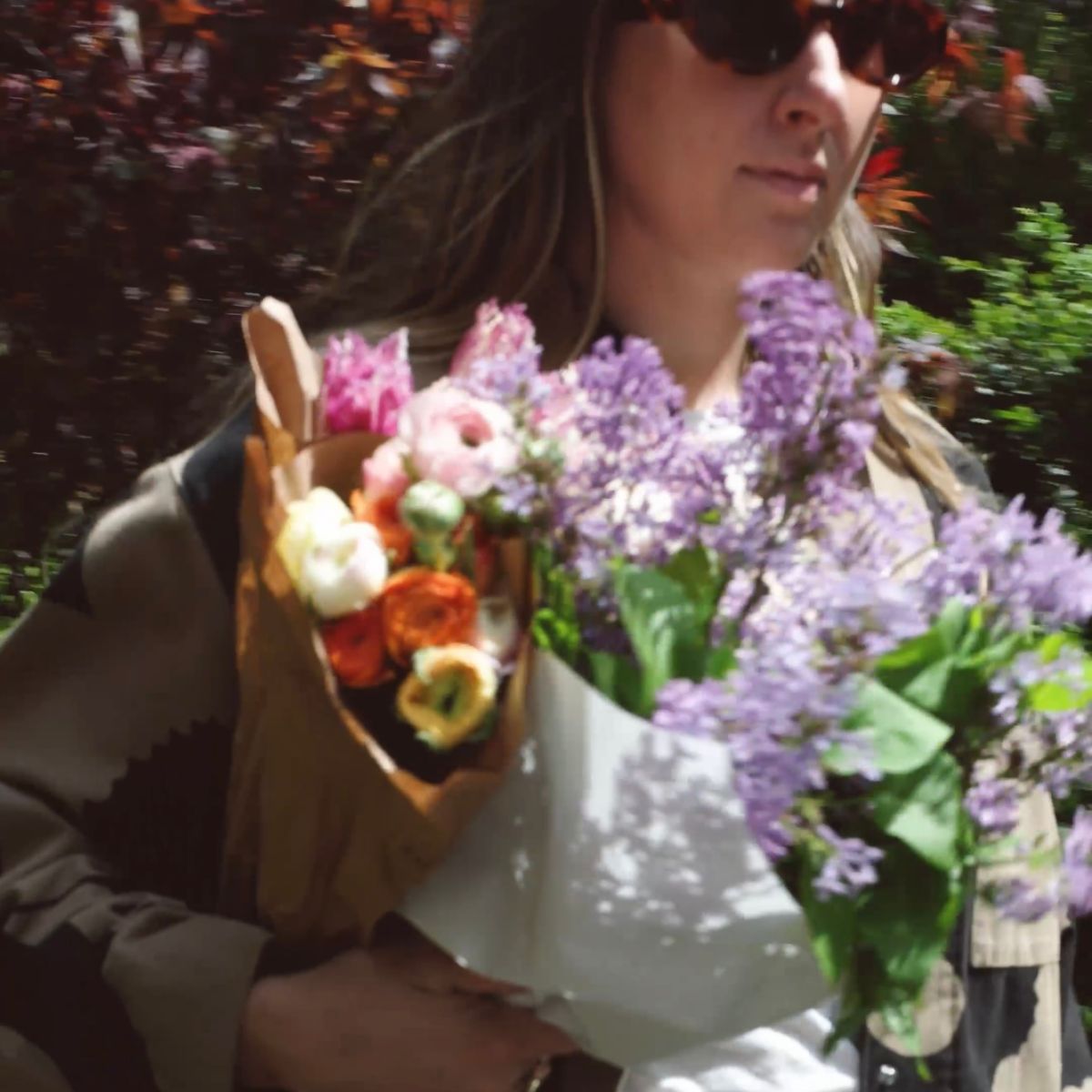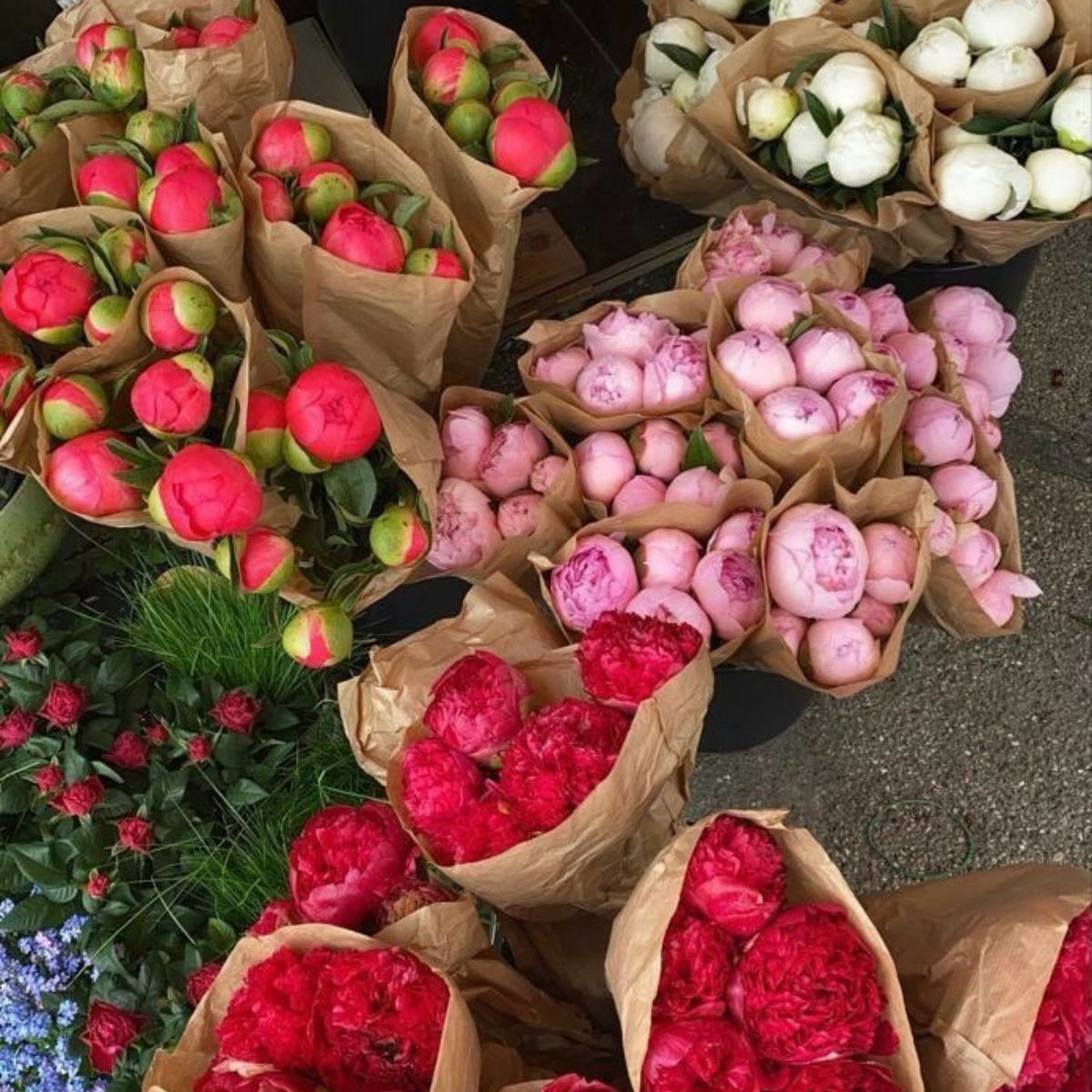Camilla Marcus is a chef, entrepreneur and activist dedicated to rethinking what it means to be a steward for our planet and future through the lens of food. Camilla shares why it’s important to create a regenerative kitchen, the items that are always on her grocery list, and tells us all about her cookbook My Regenerative Kitchen.
PURELY ELIZABETH: What inspired you to create the first zero-waste certified restaurant in NYC?
CAMILLA MARCUS: I came of age in the era of conscious capitalism, watching brands from clothing to beauty help connect us with purpose and meaning - creating paths to help others and the environment through our purchases. It got my thinking… we make more decisions about what we eat and drink in our daily lives - by multitudes more than anything else. What if those decisions had a positive impact on the climate and our health? That was the core inspiration for west~bourne as a restaurant - how can we make dining out and how we cook at home a delicious and lovely vehicle for change.
PURELY ELIZABETH: How has that vision evolved?
CAMILLA MARCUS: From the start, I knew I wanted to be part of people’s homes, outside the four walls of the restaurant. Our space in NYC was just the start, introducing food as a point of transformation. So, venturing into regenerative, zero waste, and plastic free packaged products was a natural extension of our hospitality and ethos and a powerful way to grow our impact.

PURELY ELIZABETH: What is your philosophy when it comes to sustainability?
CAMILLA MARCUS: Quality over quantity. Bringing an abundance perspective to find join in caring for the planet, and yourself in tandem, while recognizing that often, less is indeed more. Also, just start with one thing - focus on one shift or product and see how it feels. It’s about progress, building on progress, not trying to do too much all at once. If each of us made one decision with regeneration in mind every day, we collectively could build a powerful tidal wave.

PURELY ELIZABETH: Why is it important for us to create a regenerative kitchen in our own home?
CAMILLA MARCUS: Every single human has to eat and drink to survive and thrive. So, imagine if, little by little, those decisions shifted to be more intentional and aware of our impact. What if our daily choices were made through the perspective of how we could support climate solutions from our homes and kitchens?
Release the draw to buy perfect seeming produce year round in plastic packages at our grocery stores. Reconsider cooking without regard for waste in search of a pristine preparation. Try new ingredients or change a menu based on what you can find. Radically give up control. Imagine the ripple effects. Consider how systems, policies, and our culture would transform as these small decisions every single day moved one by one, human by human, little by little, regularly and consistent new behaviors compound and grow to have a tremendous collective impact. It’s not only possible, it’s already happening.
When we honor our Earth, we nurture our own health—the true meaning of regeneration—finding harmony between our soil and soul. Small shifts—together—building a big impact.
PURELY ELIZABETH: What does a sustainable kitchen look like to you? What are a few steps we can take to create a more sustainable kitchen?
CAMILLA MARCUS: My entire mission and life approach aligns personal and planetary health, because what’s better for the earth is always better for our health. So, I take each area of my kitchen and filter through that lens. From glass jars, to ceramic pieces and and wooden kitchen utensils, we are plastic-free top to bottom, focusing on natural, non-toxic materiality in just about everything we buy.
We source regenerative products wherever possible, from the milk for our children to our Lundberg rice and everything in between - you’d be amazed how many companies and farms in our community create such incredible products for just about everything grown in a way that is capturing carbon from our atmosphere and nourishing our soil. We are very mindful to cook and use every last bit of what we make, keeping discarded anything to a very bare minimum and of course always utilizing preservation projects to extend the life of our food. Lastly, of course recycling and composting are centerpieces to how we create intention around what we discard.

PURELY ELIZABETH: What are a few sustainable kitchen items you couldn’t live without?
CAMILLA MARCUS:
Wooden cutting board and utensils, mostly vintage
Plastic free dishwasher pods from Blueland
Clean, botanical soap from Koala Eco
Collected glass jars and Caraway home ceramic containers for storage and preserving
Espresso machine to move away from to-go coffees and filters that create a lot of waste
The incredible bounty of our home garden and eggs from our chickens
PURELY ELIZABETH: What is always on your grocery list?
CAMILLA MARCUS:
west~bourne avocado oil, of course.
Anything from Yuzu Co.
Jacobsen flaky sea salt
La Boite spices
Koatji Milk
Ghia lime and salt
Alexandre Family Farms milk (for the kids)
Regenerative rice and rice cakes from Lundberg Farms
Frog Hollow Farm dried fruit
Fly by Jing chili crisp
Heirloom regenerative coffee

PURELY ELIZABETH: Tell us about your cookbook, “My Regenerative Kitchen”, what inspired you to write this book and why did you feel it was important to bring to the world?
CAMILLA MARCUS: In the book’s forward, Alice Waters powerfully captures the impact of regenerative farming, writing: “Let us embrace the soil as a sacred trust, a reservoir of hope from which the seeds of a sustainable future shall sprout. For in the embrace of healthy soil lies our greatest salvation—a beacon of resilience illuminating the path toward a thriving planet for generations to come.” We all stand on the same soil. Every single human—every living being on this planet—we all share that. For me, that’s one of the most powerful things about being in the food industry. We all have to eat. Food is our most universal language. It’s the thing that crosses barriers, cultures, differences, and divides.
What she describes, and is the whole purpose of the book and my personal mission, is: It all starts with the soil. If the soil is healthy, we have a chance to reverse climate change. We have a chance to move past a crisis, and create a better food system—That is more nutritious, and sustainable for future generations, as she says, and frankly, the way it was always intended. Cookbooks to me are the great translators and community builders - so this is a way to get regenerative practices into every home and hearth in a way that’s beautiful and feels approachable.
PURELY ELIZABETH: Which recipe should we make first?
CAMILLA MARCUS: Spring has arrived, one of the best seasons in the market with such specialty provisions brightly popping on stands. I’d say starting with the Scrapped Cantaloupe Cucumber Soup is a great starting place - an elegant way to upcycle, since I find that most recipes using cantaloupe don’t utilize it all. It mirrors the process and concept behind gazpacho, being raw, refreshing, and a balance of sweet and savory.
Remember, the idea here is to be flexible with the combination, since you’re using leftovers. I love this soup as a bright starter on a warm day, or served in a small glass as an amuse bouche, a small bite, for a cocktail party or to kick off a meal with a surprise and delight moment.


